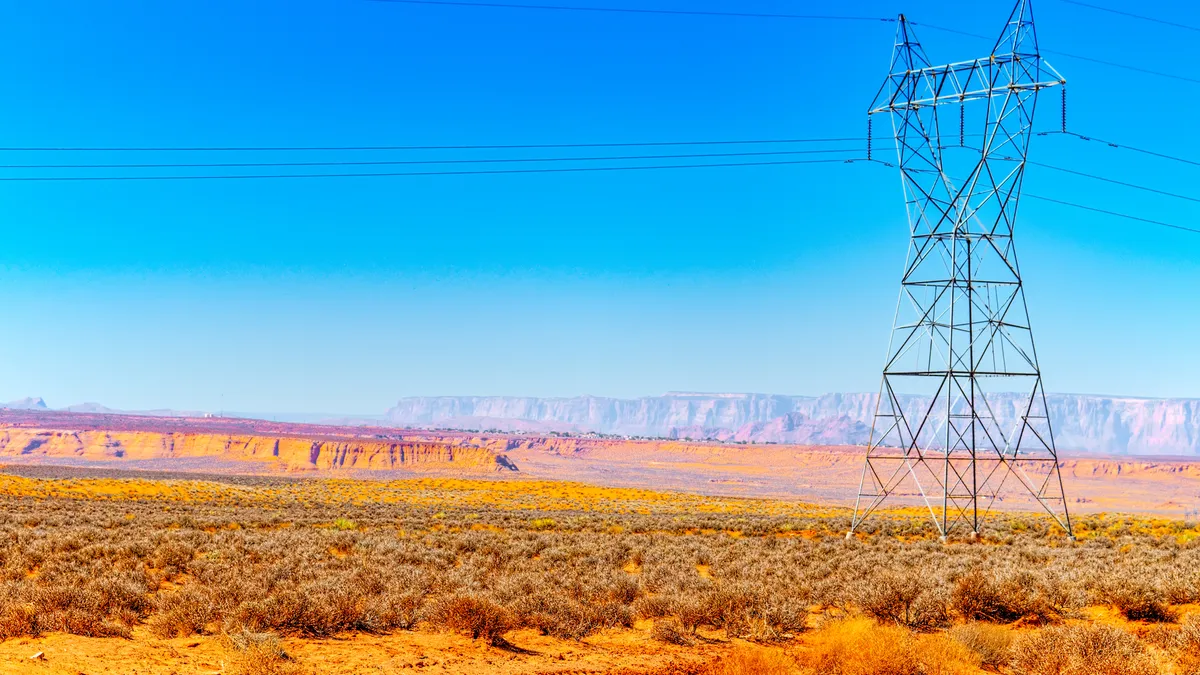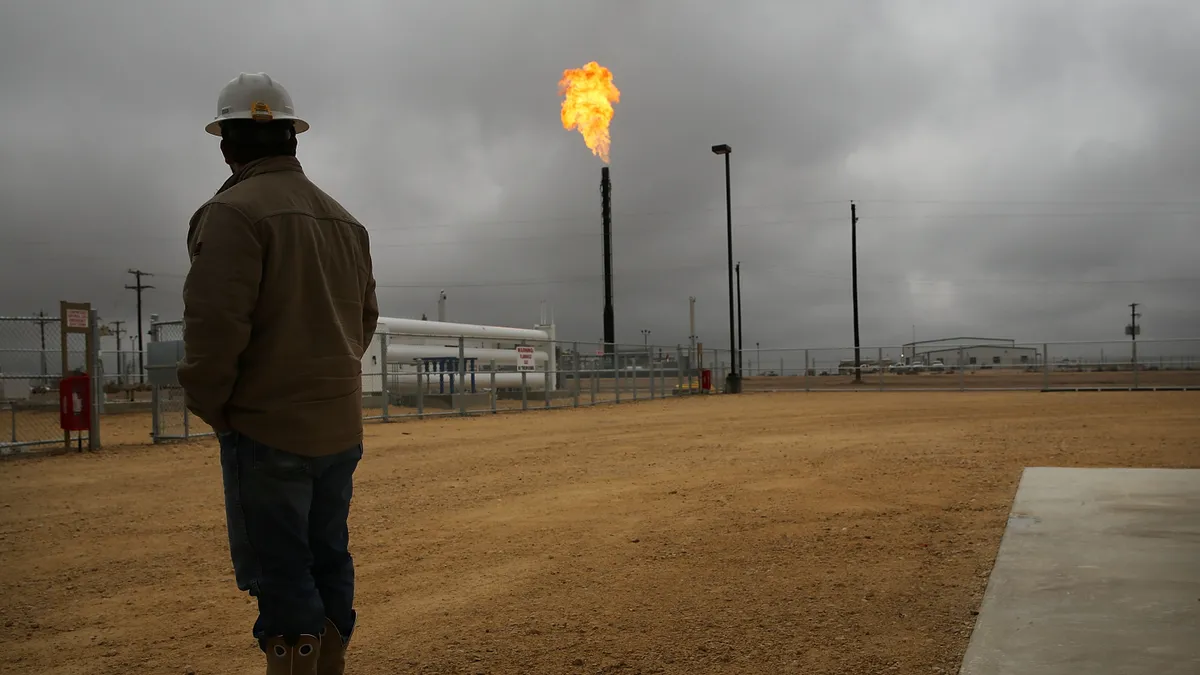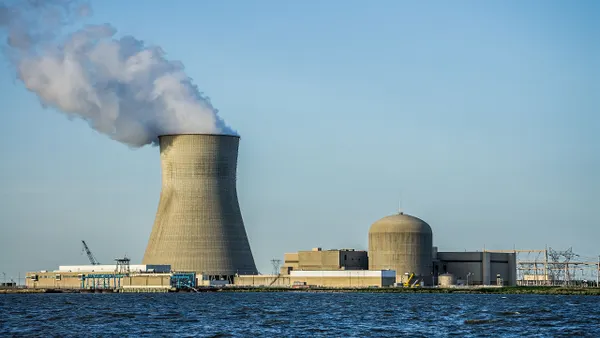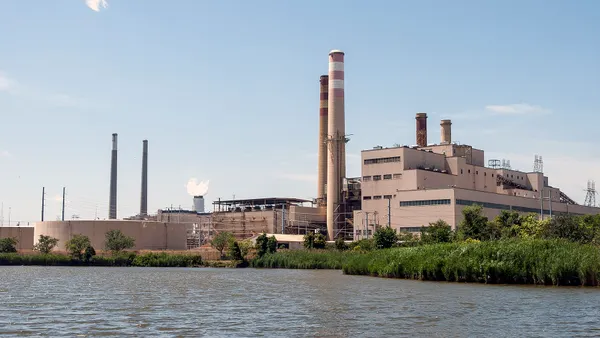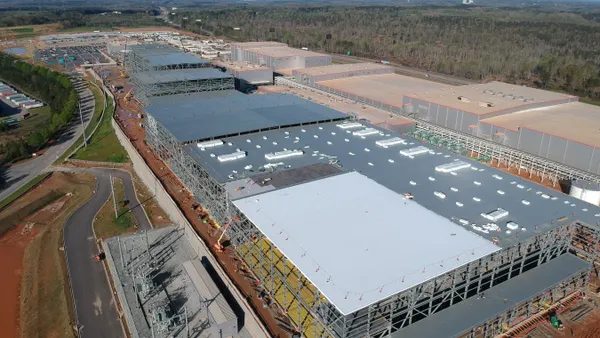Dive Brief:
- The United States nuclear fleet operated at an average capacity factor of almost 92% last year, setting a new industry record according to the Nuclear Energy Institute.
- Actual nuclear generation last year was the sixth-highest ever, at an estimated 798.4 billion KWh, the nuclear trade group said. The industry’s record high electricity generation came in 2010, when the 104 reactors then operating produced 806.9 billion KWh.
- U.S. nuclear energy facilities for the past two decades have annually produced about 20% of U.S. electricity.
Dive Insight:
Nuclear generators posted their most efficient year ever, with 100 nuclear facilities in 31 states posting an estimated average capacity factor of 91.9% — besting the industry’s prior record set in 2007 by one-tenth of a percentage point, according to NEI data.
“The 2014 numbers show unequivocally how important well-performing nuclear energy is to America’s energy security, the economy and our quality of life,” said NEI President and CEO Marvin Fertel. “U.S. nuclear power plants continue to operate at high levels of safety while generating affordable electricity that our society and our economy rely on.”
NEI pointed out that nuclear energy facilities’ value is even greater during periods of extreme weather. At the height of the arctic blast that chilled the eastern United States on Jan. 8, nuclear power plants met significant portions of the electric demand load in their respective markets at levels well above their installed generating capacity. PJM’s nuclear power plants provided about 27% of the region’s early afternoon electricity demand, even though they constitute only about 19% of the region’s installed electric generating capacity, NEI said.




